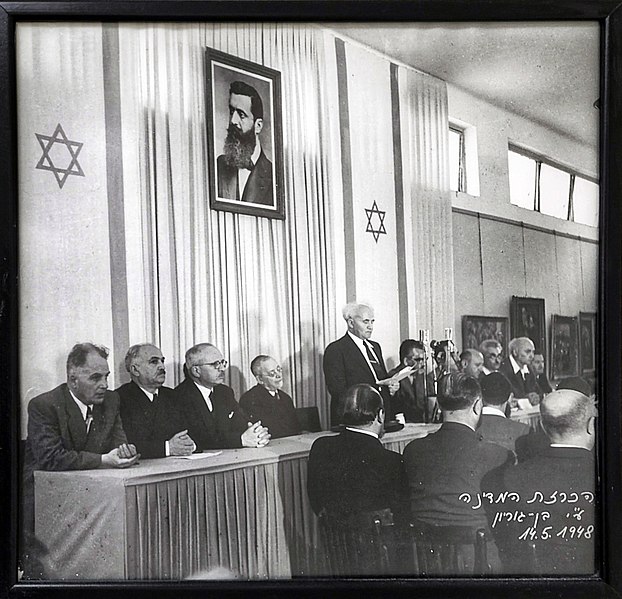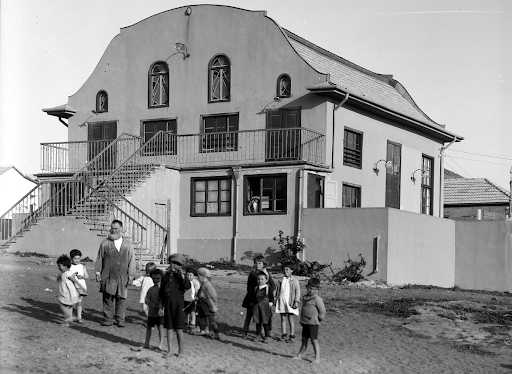History of Zionism
Zionism is the national liberation movement of the Jewish people – a collective bound together by religion, history, culture, and the right to self-determination – in the Land of Israel. Zionism refers to the successful effort to re-establish a Jewish homeland and the continued effort to develop and maintain it.
Biblical Era: First Signs of Israel
1209-1208 BCE
The Merneptah Stele, an inscription dated to the 12th century BCE, is believed to feature the earliest mention of Israelites, the ancient ancestors of modern-day Jews. Scholars estimate the geographic location of the ancient communities mentioned on the Merneptah Stele to be in central Canaan or possibly the Jezreel Valley.
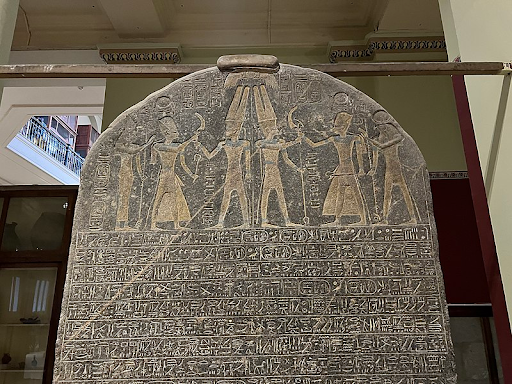
1150 BCE
Evidence of Israelite culture appears in archaeological remains. Notable markers include distinctive pottery, four-room houses in communities across Canaan, and the absence of pork bones. The Israelites are believed to have lived in small villages led by local tribal leaders.
Biblical Era: The United Kingdom
The twelve Israelite tribes unite under one monarch for the first time. Their jurisdiction covers much of modern-day Israel and the Levant. But this era of history is debated. We know with relative certainty that there was a southern and northern kingdom. However, we lack concrete evidence to verify that there was a united kingdom.
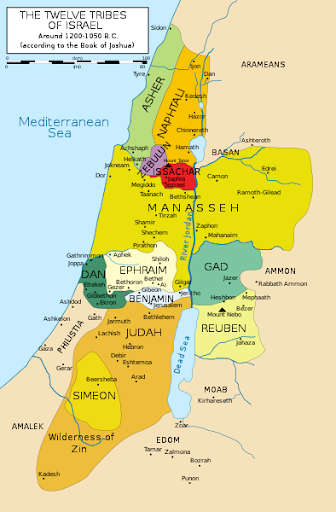
1020 BCE
Jewish monarchy established; Saul becomes the first king.
1000 BCE
King David declares Jerusalem as the capital of the kingdom.
960 BCE
King Solomon constructs the First Temple, the national and spiritual center of the Jewish people, in Jerusalem.
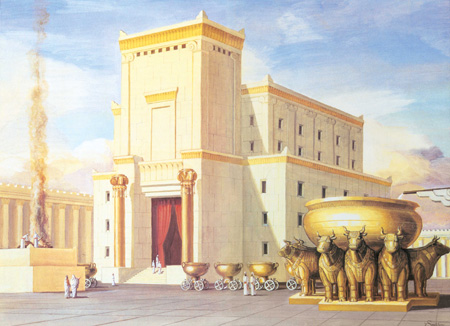
930 BCE
The Kingdom of Israel is established in northern Israel with Samaria as its capital. The Kingdom of Judah is established in southern Israel, with Jerusalem as the capital.

740 BCE
The Assyrians capture the Kingdom of Israel and expel the majority of Jews. (Image: A depiction of King Sennacherib and his men invading Judah.)

586 BCE
Babylon conquers the Kingdom of Judah. They destroy Jerusalem and the First Temple, and expel the Jews. (Image: A painting by David Roberts depicting the destruction of Jerusalem.)
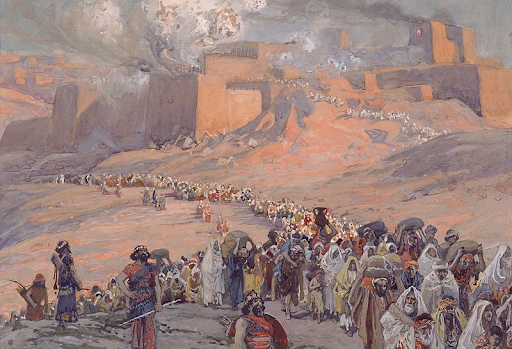
538 BCE
Many Jews return from Babylonia to Israel and rebuild the Temple following an edict from Cyrus the Great, King of Persia.
332 BCE
Alexander the Great conquers the land, marking the beginning of Hellenistic rule in the area.
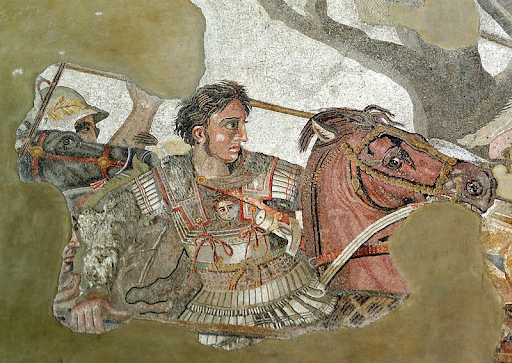
166-160 BCE
The Maccabean (Hasmonean) revolt occurs as the Romans restrict the practice of Judaism and desecrate the Temple.
142-63 BCE
Jewish independence is reached under the Hasmonean monarchy.
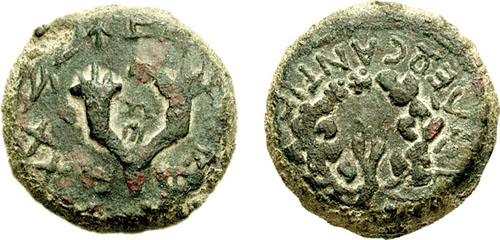
63 BCE
The Roman general Pompey the Great captures Jerusalem in 63 BCE.
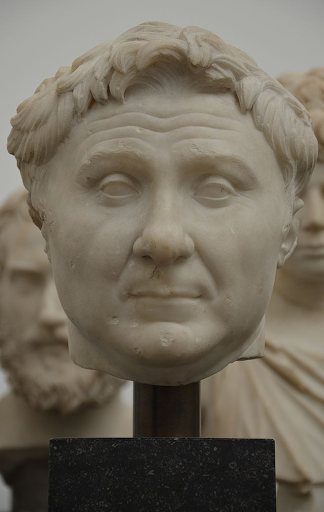
63 BCE-313 CE: Roman Rule
Rome would rule over the land for over three centuries. The Jewish people maintain their distinct sense of identity and connection with the Land of Israel, despite its long history as a battleground for many of the era’s most powerful empires. (Image: An attack against the Jews under Roman rule.)
.png?u=https%3A%2F%2Fimages.ctfassets.net%2F02dfoawcqsio%2F1s5gYJ8NPjeeRCUnXl0GZt%2Fcfb2d430362a2e2e567c978a6b1b76a0%2Funnamed__1_.png)
The Common Era: Late Antiquity
Once again, the Jewish people preserve their sense of ethnic and religious identity throughout a period wrought with chaos and exile. The Jewish people will not again achieve any significant degree of self-rule in the region until the modern era. (Image: The Lod Mosaic)
.png?u=https%3A%2F%2Fimages.ctfassets.net%2F02dfoawcqsio%2F6CDBKYJ7wRknmbNUs2Q9jd%2F98381187102cf18a2d4366d0aa2005f7%2Funnamed__2_.png)
70 CE: Destruction of Jerusalem and Second Temple
(Image: A depiction of the destruction of the Second Temple.)
.png?u=https%3A%2F%2Fimages.ctfassets.net%2F02dfoawcqsio%2F2qT41ExJsNy9YeOoJQYLFO%2F12d578ad225e59e1a10d60f4aa49895b%2Funnamed__3_.png)
132-135 CE: Bar Kokhba Uprising Against Rome
With threats by Roman emperor Hadrian, who ruled from 118 CE to 138 CE to desecrate the holy temple, factions of Jewish rebels began to conspire against the Romans. Simon bar Kokhba, a military leader, led the first successful campaign in 132 CE. Under his leadership, the Jews held their ground against the Romans until 135 CE, when they were unfortunately reconquered.
.png?u=https%3A%2F%2Fimages.ctfassets.net%2F02dfoawcqsio%2F4QKsIgfNmWteEYdIWzD6pf%2Fe2869be382c41afbc99bd37a06913374%2Funnamed__4_.png)
313-636 CE: Byzantine Rule
.png?u=https%3A%2F%2Fimages.ctfassets.net%2F02dfoawcqsio%2F4Mjk4xf6jMHb03P47ZOg7X%2F78f33168dedf3bab6b6399695070e86f%2Funnamed__5_.png)
613 CE
The Jewish revolt against Heraclius is considered the last serious Jewish attempt to gain autonomy in Palaestina Prima before modern times. (Image: Gold Coin depicting King Heraclius.)
.png?u=https%3A%2F%2Fimages.ctfassets.net%2F02dfoawcqsio%2F5rJkztNaNjOcKoPEZWd28W%2F0ffd95f093193e4f6ba9d4b4815ff265%2Funnamed__6_.png)
The Common Era: Medieval Period
Throughout this period, numerous empires conquered and ruled the land. They occupy many holy sites, and the land is the center of conflicts between mainly Christian and Muslim groups, commonly known as the Crusades. (Image: A 13th century miniature depicting the Siege of Jerusalem.)
.png?u=https%3A%2F%2Fimages.ctfassets.net%2F02dfoawcqsio%2FGjUKGLWXtw5FbPnV2xjvD%2F1fe9d3ab57973807f0cce0620f57084b%2Funnamed__7_.png)
614 CE
Persian Army Captures Jerusalem
636-1099 CE
Arab rule over the Land of Israel. (Image: Caliph Umar bin al-Khattab entering Jerusalem.)
.png?u=https%3A%2F%2Fimages.ctfassets.net%2F02dfoawcqsio%2FczczxDlnG0fYXounNEg0Q%2Fd8f4419d734630933ac796ee53172694%2Funnamed__8_.png)
644 CE
Caliph Umar bin al-Khattab completes construction of the Al Aqsa Mosque. It is built to the side of the Temple Mount.
.png?u=https%3A%2F%2Fimages.ctfassets.net%2F02dfoawcqsio%2F5mvwHPA1PNQh5gYKPVLyne%2F2de7475d0f7b959a74f84167de583a1d%2Funnamed__9_.png)
691 CE
On top of the site of the First and Second Temples in Jerusalem, Caliph Abd al-Malik ibn Marwan builds the Dome of the Rock.
.png?u=https%3A%2F%2Fimages.ctfassets.net%2F02dfoawcqsio%2F696y9unm4kPyDUS8J0g2pV%2F82c095da924bfc6e8d588f6aed033e64%2Funnamed__10_.png)
1099-1291: Crusader Domination (Latin Kingdom of Jerusalem)
.png?u=https%3A%2F%2Fimages.ctfassets.net%2F02dfoawcqsio%2FdZU3VR8z2n4g8rs7XI01t%2F0c1611570732b5826a281dafb67a781a%2Funnamed__11_.png)
1160 CE
David Alroy leads a Jewish uprising in Upper Mesopotamia, aiming to reconquer the promised land.
1210-11 CE: The "Aliyah of the 300 Rabbis”
Jewish-French scholars, their relatives, and their followers immigrate to the Land of Israel during this period.
1267 CE
After fleeing persecution in Europe, the Spanish Rabbi and scholar Nachmanides travels to Jerusalem, where he establishes a synagogue in the Old City, known today as the Ramban Synagogue.
.png?u=https%3A%2F%2Fimages.ctfassets.net%2F02dfoawcqsio%2F5Nng6Wc6LDeZN4ZkFSU53P%2Fc12b1042fde032262a58deece07aabfd%2Funnamed__12_.png)
1291-1516: The Rule of the Mamluk Sultanate
The Common Era: Early Modernity
The land of the Jews is under the rule of the Ottoman Empire. Meanwhile, in Europe, the Reformation, the Wars of Religion, and the subsequent Enlightenment fundamentally change the relationship between the state, individuals, and communities, and set the stage for the rise of secular nationalism. (Photo: Napoleon and the Jews)
.png?u=https%3A%2F%2Fimages.ctfassets.net%2F02dfoawcqsio%2F6orVaKtu5HyYBTlXVBPHyA%2Fac84927a845d15e3e5db117f44d208b8%2Funnamed__13_.png)
1492
Spain expels Jews from its territories, and five years later, Portugal follows. The expulsions lead Jews to other parts of Europe and the Ottoman Empire, including areas of modern-day Israel.
.png?u=https%3A%2F%2Fimages.ctfassets.net%2F02dfoawcqsio%2F47h6wjQZfS1h7yUOVydyns%2Fb19df9a12340fd0577df7daebf607260%2Funnamed__14_.png)
1517-1917: Ottoman Rule
The land of the Jews is under the rule of the Ottoman Empire. Meanwhile, in Europe, the Reformation, the Wars of Religion, and the subsequent Enlightenment fundamentally change the relationship between the state, individuals, and communities, and set the stage for the rise of secular nationalism.
.png?u=https%3A%2F%2Fimages.ctfassets.net%2F02dfoawcqsio%2F3Y0zE8GH8HI4crJmre5nns%2F46bcb3c95065bb6fde359a1c60f56815%2Funnamed__15_.png)
1648-1666
Sabbatai Zevi claims he will lead the Jews back to historical Israel. Zevi was born in the Ottoman Empire and received a traditional Talmudic education. He was a charismatic mystic and positioned himself as the savior of the Jewish people. In 1651, the Rabbis banished Zevi for his strange antics and behavior. Through the support and promotion of Nathan of Gaza, he reported himself as a Messiah. He promises to defeat the Ottoman Empire, which prompts his followers to prepare for the return to Zion. But he turned out to be a false Messiah and converted to Islam to avoid execution. Zevi’s actions may have fractured Judaism, but this period reemphasized Jewish yearning for a return to Israel, a yearning that never went away.

1808: Napoleon Emancipates French Jews
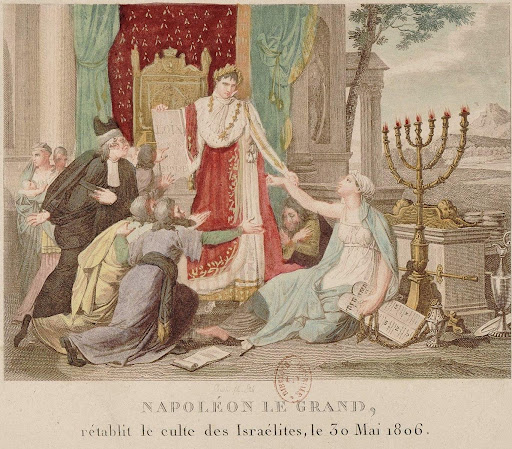
1830-1840
The Perushim community, disciples of the Vilna Gaon, leave Lithuania to settle in the land of Israel in anticipation of the return of the Messiah in 1840.
1882-1903: The First Aliyah (large-scale immigration)
Following pogroms in Russia during the early 1880s, roughly 35,000 Jews immigrate to Ottoman-ruled historic Israel from Eastern Europe, along with a smaller group that arrives from Yemen. Many of these Immigrants work and live in agricultural settlements called “moshavot.” (Image: A kindergarten class in Rishon Lezion in 1898.)
.png?u=https%3A%2F%2Fimages.ctfassets.net%2F02dfoawcqsio%2FxGkJ0XetZYjeyHND0Tgml%2F4c6659df1527afed82bba81e9907cff0%2Funnamed__16_.png)
1895: Dreyfus Affair
The “Dreyfus Affair” significantly impacts Jews worldwide, who are shocked at the antisemitic hatred over the entire Dreyfus situation. The incident convinces Theodor Herzl that assimilation cannot protect Jews from antisemitism, and he surmises that the solution is to establish a Jewish state.
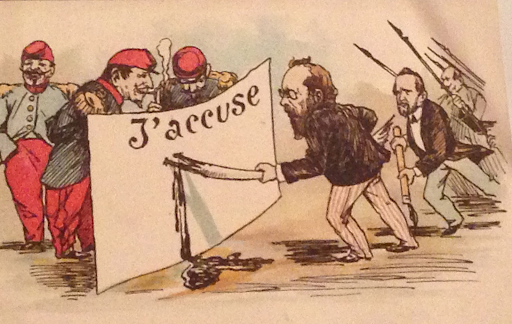
1896-1897: Theodor Herzl and the First Zionist Congress
A visionary activist widely regarded as the father of modern Zionism, Herzl writes “The Jewish State (Der Judenstaat),” which argues that the answer to antisemitism is Jewish national self-determination.
.png?u=https%3A%2F%2Fimages.ctfassets.net%2F02dfoawcqsio%2F6x2JJk7qSTxW0OScOK1jBA%2F0f06e3df53a212ba94110e545249ecc5%2Funnamed__17_.png)
1897
Theodor Herzl convenes the First Zionist Congress, which adopts the Basel program, calling for the establishment of a national home for the Jews in the Land of Israel. Theodor Herzl later wrote in his journal: "In Basel, I founded the Jewish State... In ... fifty years, everyone will realize it." The Zionist Congress also establishes the World Zionist Organization. The Basel program initiates several longstanding objectives.
.png?u=https%3A%2F%2Fimages.ctfassets.net%2F02dfoawcqsio%2F1RDd6HUxjFyF5f7NpK6UOv%2F29b2064772263ce3f14674703c2e6bd8%2Funnamed__18_.png)
1904-14: The Second Aliyah
Due to repeated pogroms, poverty, and ideology, Jewish immigrants from Russia, Poland, and Yemen begin to arrive in historic Israel and establish more agricultural settlements.
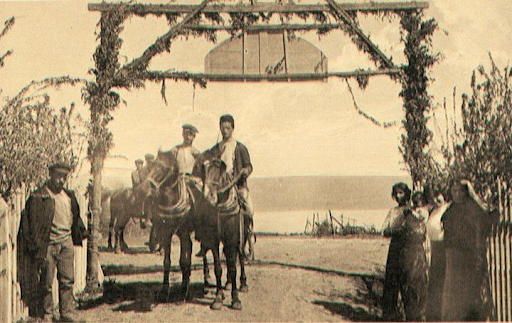
1917: The Balfour Declaration
The Balfour Declaration is issued, pledging the British government's support for the establishment of a Jewish national home in Palestine.
1919: The Sykes-Picot Agreement
After World War I and the fall of the Ottoman Empire, the British and the French carve up the Middle East between them. Syria and Lebanon fall under French rule, while modern-day Israel and Jordan become part of the British Mandate for Palestine. The Sykes-Picot Agreement would define their respective spheres of influence in the remnants of the Ottoman Empire. The newly-formed League of Nations grants Britain “mandatory” control over what is now Israel, the West Bank, Gaza, and Jordan. (Image: Map of the results of the agreement, which divided the Ottoman Empire into territories administered by the French and the British.)
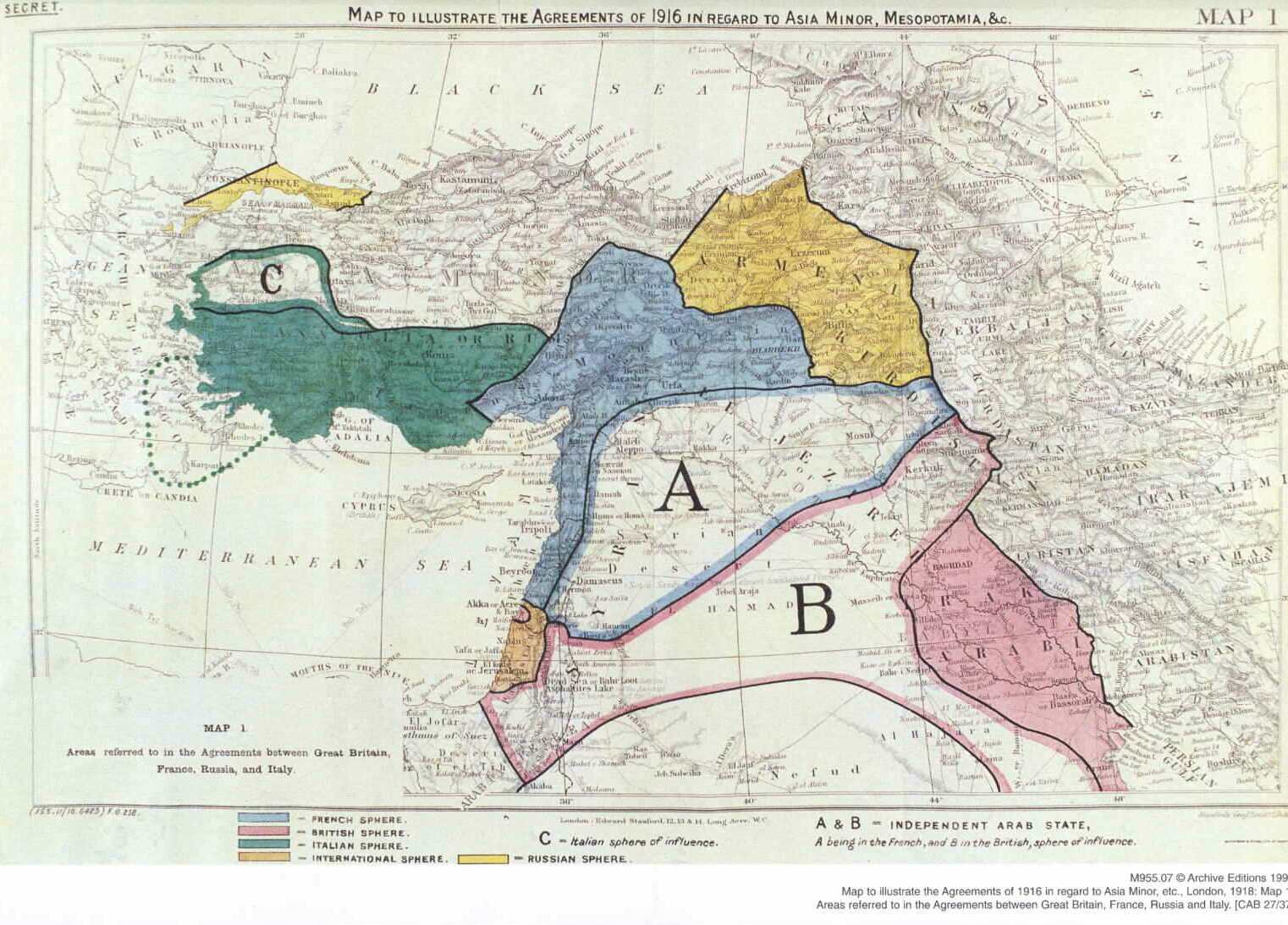
1919: The Weizmann-Faisal Agreement
Chaim Weizmann (president of the World Zionist Organization) and the Emir Faisal (son of the Sharif of Mecca) sign an agreement calling for close collaboration between their respective national movements, which draws staunch opposition from Arab nationalists. (Image: Chaim Weizmann and Emir Faisal in 1918.)
.png?u=https%3A%2F%2Fimages.ctfassets.net%2F02dfoawcqsio%2F6mCdUSJLjVmDMsx3o7p4WZ%2Fbb743f6be8626d1a09d1ae46febb1b44%2Funnamed__19_.png)
1919-1923: The Third Aliyah
Roughly 35,000 Jews, mostly young people from Russia, Poland, Lithuania, and Romania with strong Zionist and socialist convictions, immigrate to the British Mandate for Palestine. (Image: Road construction during the Third Aliyah.)
.png?u=https%3A%2F%2Fimages.ctfassets.net%2F02dfoawcqsio%2F4apsnLH78B1iVBqVFbzzna%2F661b0981873dc33c2ef1c0b9d601a62f%2Funnamed__20_.png)
1920: The Haganah is established to provide security to the Jewish population in Palestine.
Following the murderous 1920-1921 Arab riots, the Jews in Palestine realized they could no longer depend on the British to shield them from Arab aggression, and founded the Haganah to defend themselves. Read More
.png?u=https%3A%2F%2Fimages.ctfassets.net%2F02dfoawcqsio%2FZrSdIgTesv1q3Vrd2qmrO%2F50a3ffabefc16a4ebeba58fd87c082f9%2Funnamed__21_.png)
1929: Arab Revolt Widespread
Arab riots resulted in the mass murder of Jews. (Image: Jewish family evacuating the Old City of Jerusalem during the riots.)
.png?u=https%3A%2F%2Fimages.ctfassets.net%2F02dfoawcqsio%2FwsC2j9o75M0hN4Y97V8U8%2F407127c029a7b1e05051cf7143258c5e%2Funnamed__22_.png)
1929-1939: Fifth Aliyah
Beginning in 1929, the economy of the British Mandate for Palestine starts to grow and improve. Immigration to the land increases, continuing until World War II. Many Arabs also arrived in the Mandate, seeing economic opportunities and increased living standards. (Image: THE FIRST GROUP OF YOUTH ALIYA ARRIVING AT THE HAIFA PORT February, 1934).
.png?u=https%3A%2F%2Fimages.ctfassets.net%2F02dfoawcqsio%2F7zfQ6HPSYzMuGCBRk8hMKn%2F8b60edbd27104536971b8ed9a105adb7%2Funnamed__23_.png)
1936-1939: Arab Revolt
Increased Jewish land purchases and frustration over British rule leads to a violent Arab revolt, killing hundreds of Jews. The Jewish community adopted the policy of restraint (Havlagah). (Image: Jewish self-defense bus equipped with wire screens to protect against rock, glass, and grenade throwing during 1936-1939 Arab revolt in the British Mandate of Palestine.)
.png?u=https%3A%2F%2Fimages.ctfassets.net%2F02dfoawcqsio%2F6FVdzz7OcVZSpt0A71NZ7J%2F46e661ce5ccb31f86a1ab832ebf0d07f%2Funnamed__24_.png)
1939
After the Arab riots, the British adopt the White Paper, which restricts immigration into the British Mandate for Palestine. (Demonstration led by the Hanagah against the White Paper.)
.png?u=https%3A%2F%2Fimages.ctfassets.net%2F02dfoawcqsio%2F1EbXcDhWP6libOORhmxMmo%2F7ecd80d70ebbaece83950217f286d312%2Funnamed__25_.png)
1939-1945: The Holocaust
The Nazi regime ruthlessly murders six million Jews in a mass genocide. The unspeakable cruelty and horror European Jews experienced lay bare Zionism’s necessity for the safety and prosperity of the Jewish people. (Image: Holocaust survivors following the 1945 liberation of Nazi death camp Auschwitz-Birkenau.)
.png?u=https%3A%2F%2Fimages.ctfassets.net%2F02dfoawcqsio%2F2MSOKjebsScFduA7tyzppq%2F70849366a08e6009cf728f3415f7f760%2Funnamed__26_.png)
1940
The British create 15 Palestine Jewish battalions that become part of the British Army. Jews are spread throughout the Mediterranean, fighting with the allies. Many Jews led intelligence and rescue operations to save the Jews of Europe and end the war. The sentiment is to fight the war regardless of the White Paper and support the defeat of the Axis powers while also applying pressure on the British in the Mandate to lift the immigration restrictions.
.png?u=https%3A%2F%2Fimages.ctfassets.net%2F02dfoawcqsio%2F6bkAOzvBjnclCYDI7odFYS%2F3538545cd3be0336abdc0f30b12ed0fa%2Funnamed__27_.png)
1941: The Farhud
Arab mobs murder more than 180 Iraqi Jews. (Image: Displaced Iraqi Jewish family in 1951.)
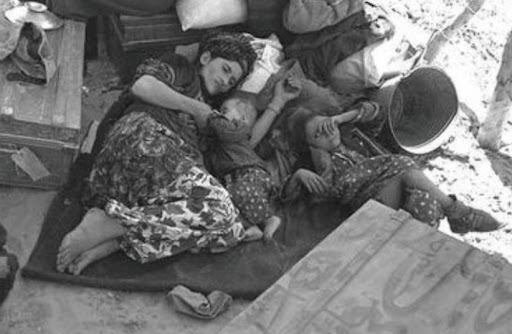
1945
The liberation of Nazi camps and the fall of the Third Reich displaces many Jews who have no home to return to and no country to take them. Jews in the British Mandate for Palestine and former partisan fighters displaced in central Europe clandestinely form the Brihah (Hebrew for "flight" or "escape"). (Image: Former Buchenwald captives aboard a refugee vessel in Haifa.)

1946
The Brihah intensify their operations in 1946, aiming to facilitate the exodus of Jewish refugees from Europe to Mandatory Palestine. Jews already living in the land organize "illegal" immigration by ship (also known as Aliyah Bet). The British detain Jewish refugees and deny them entry in most cases. The refugees are then taken to refugee camps in Cyprus. (Image: Ship of Jewish refugees with a banner that reads: “We survived Hitler - Death is no stranger to us - Nothing can keep us from our Jewish homeland - The blame is on your head if you fire on this unarmed ship").
.png?u=https%3A%2F%2Fimages.ctfassets.net%2F02dfoawcqsio%2F676oisNeWL6FEqgK3LAp2z%2Feff589000b4150398337e8c5928d1d95%2Funnamed__29_.png)
The State of Israel declares independence on May 14th, 1948.
On November 30th, 1947, the UN General Assembly endorsed Resolution 181, which recommended partitioning the British Mandate for Palestine into a Jewish state and an Arab state. The Jews in the British Mandate for Palestine accepted the plan, but the Arabs did not. Once the resolution was passed, Arabs mobilized and launched a bloody civil war against the Jews. The State of Israel declared independence on May 14th, 1948, hours before the British Mandate for Palestine expired. Immediately following the declaration, Lebanon, Jordan, Syria, Iraq, and Egypt attacked the nascent Jewish state. 6,000 Israelis were killed in the war and another 15,000 were wounded.
